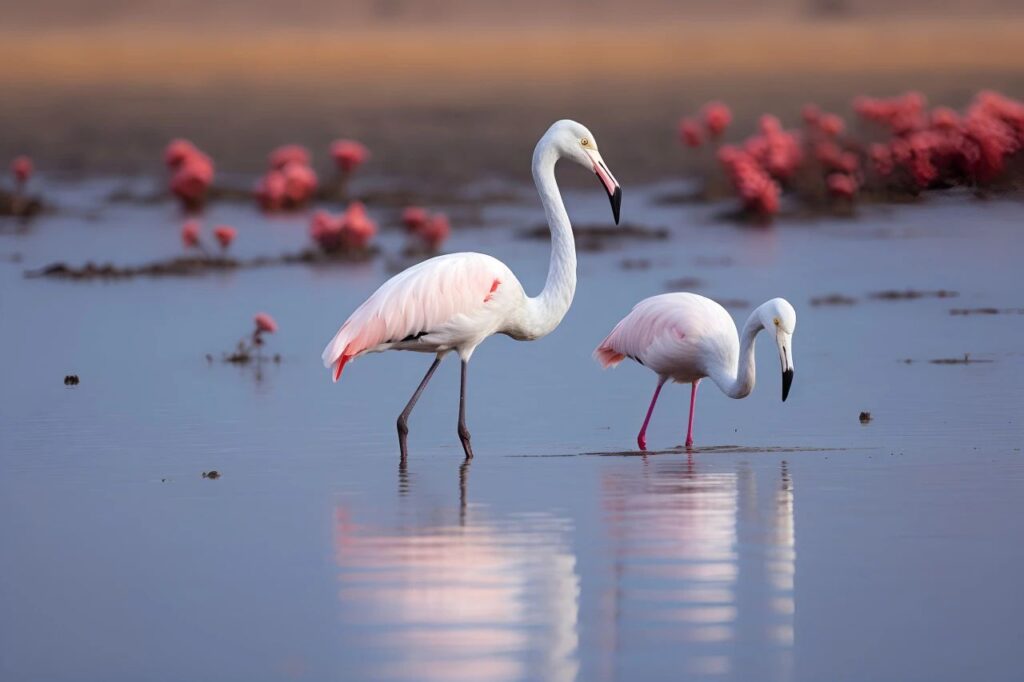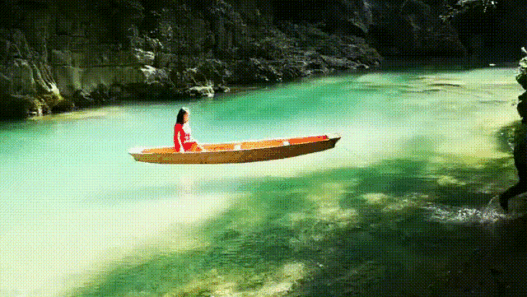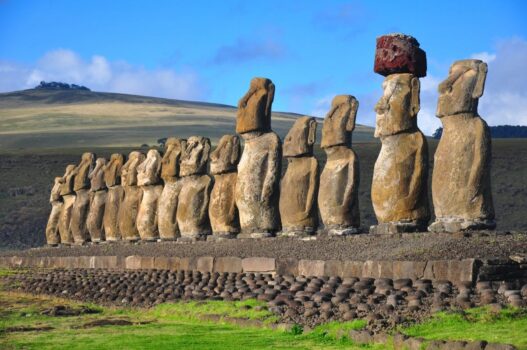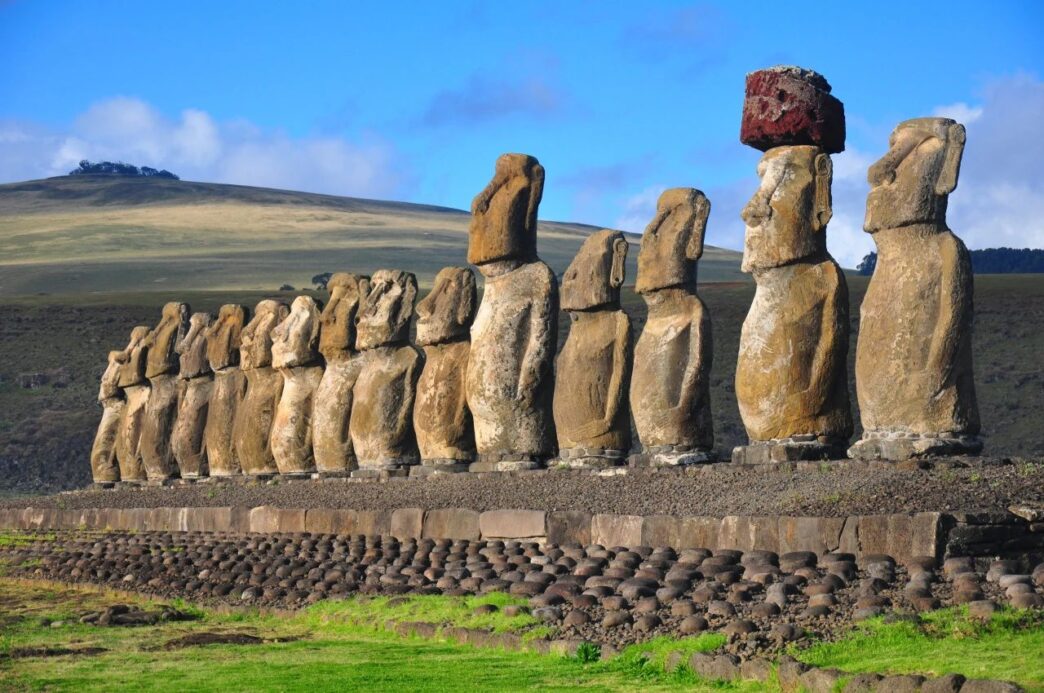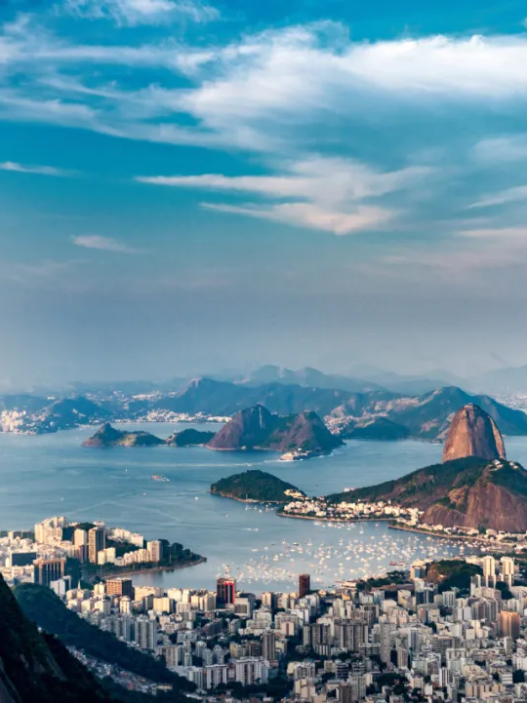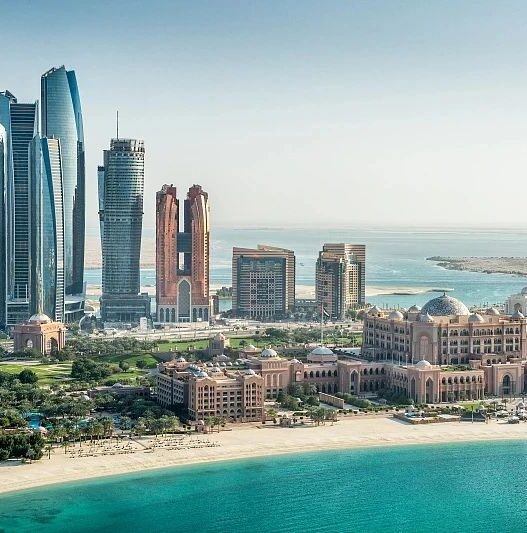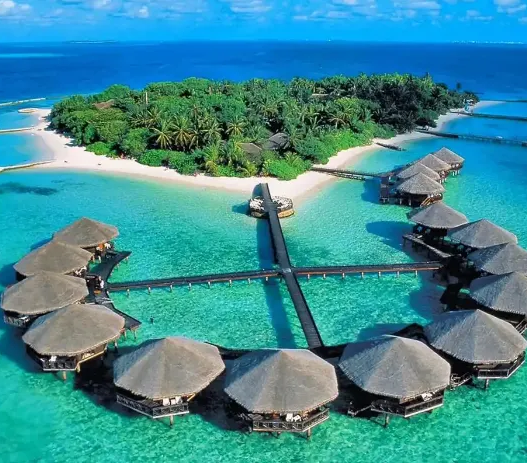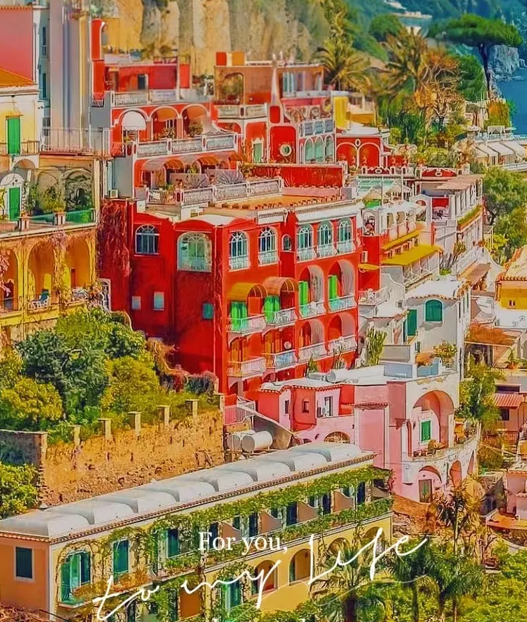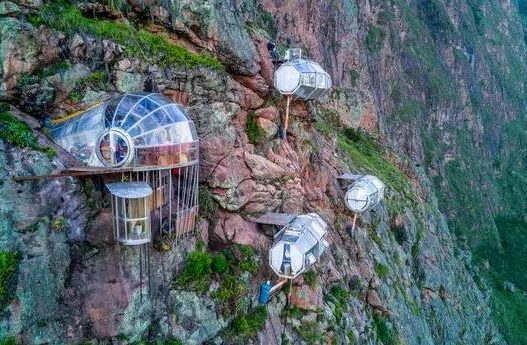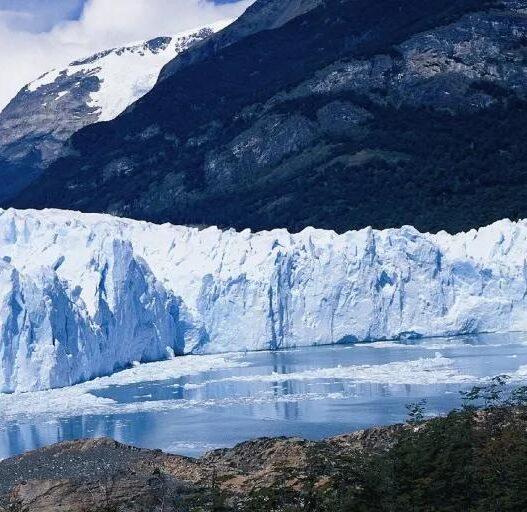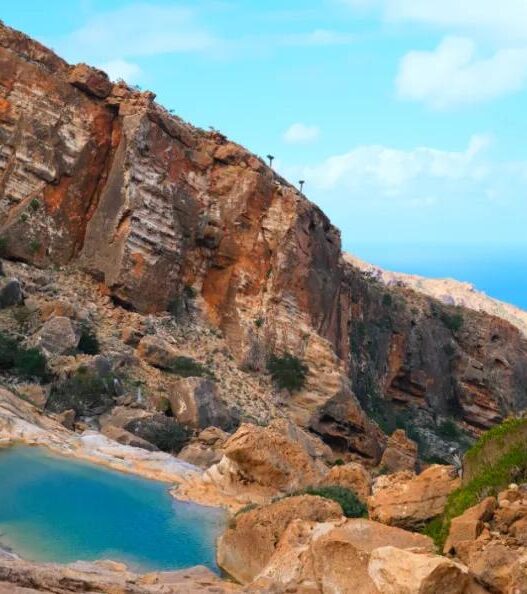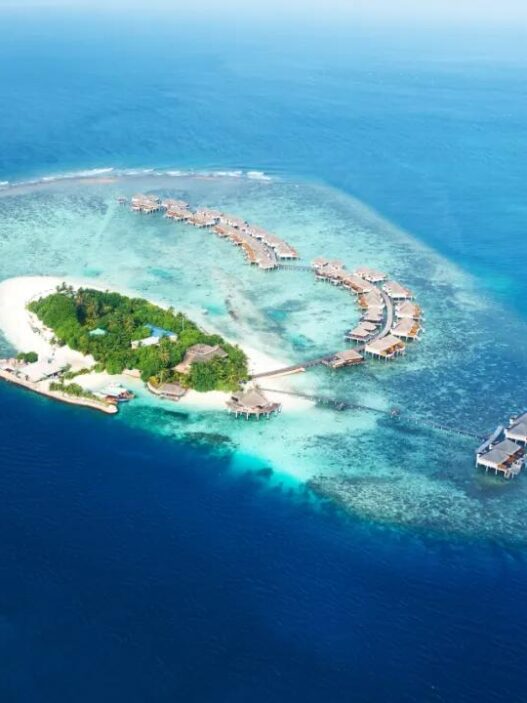Chile was once named one of the top 10 best travel destinations by Lonely Planet in 2018.
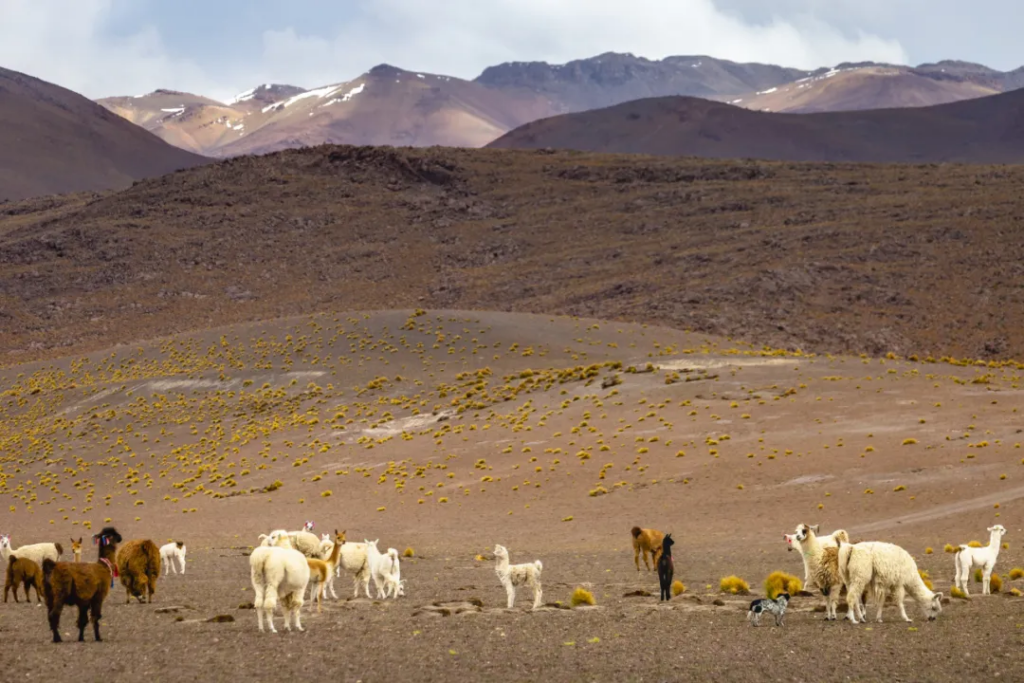
This small South American country encompasses everything from deserts to salt flats, snow-capped mountains, lakes, glaciers, and icebergs; almost all the beauty you can imagine can be found here!
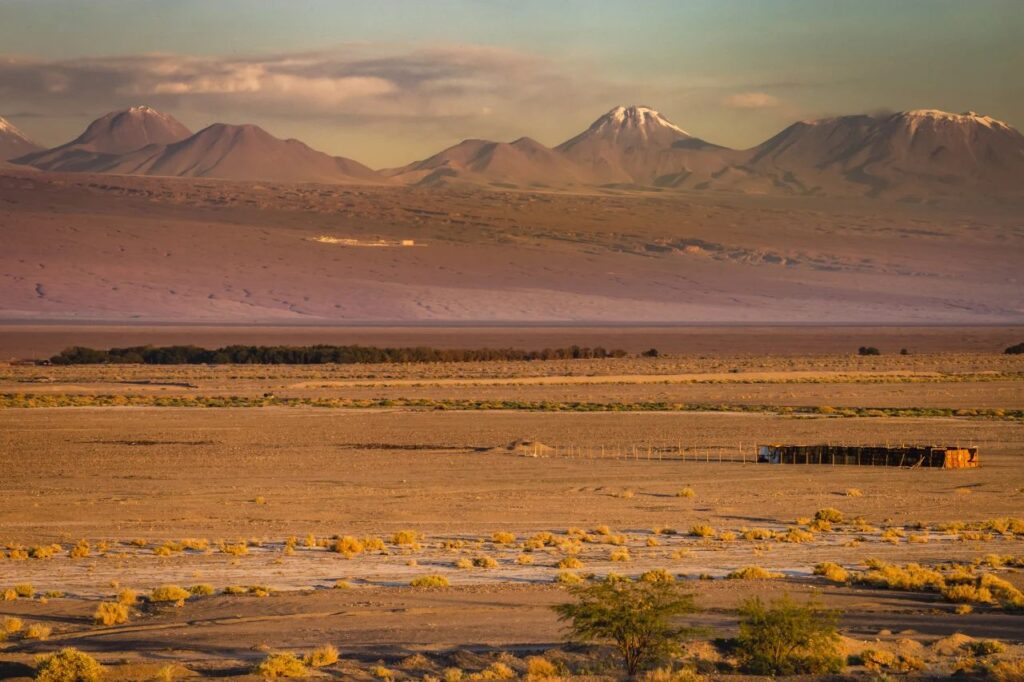
Chile boasts some of the world’s top 10 hiking routes, the driest desert on Earth, the most beautiful starry skies, the most advanced observatories, the world’s largest swimming pool, and it’s home to the fifth-largest wine cellar in the world!
Santiago
The capital and largest city, the fourth-largest in South America, Santiago is an ancient city with over 400 years of history. However, due to wars and natural disasters, many of its old buildings have been severely damaged and restored. Today, Santiago presents itself as a fashionable, modern city.
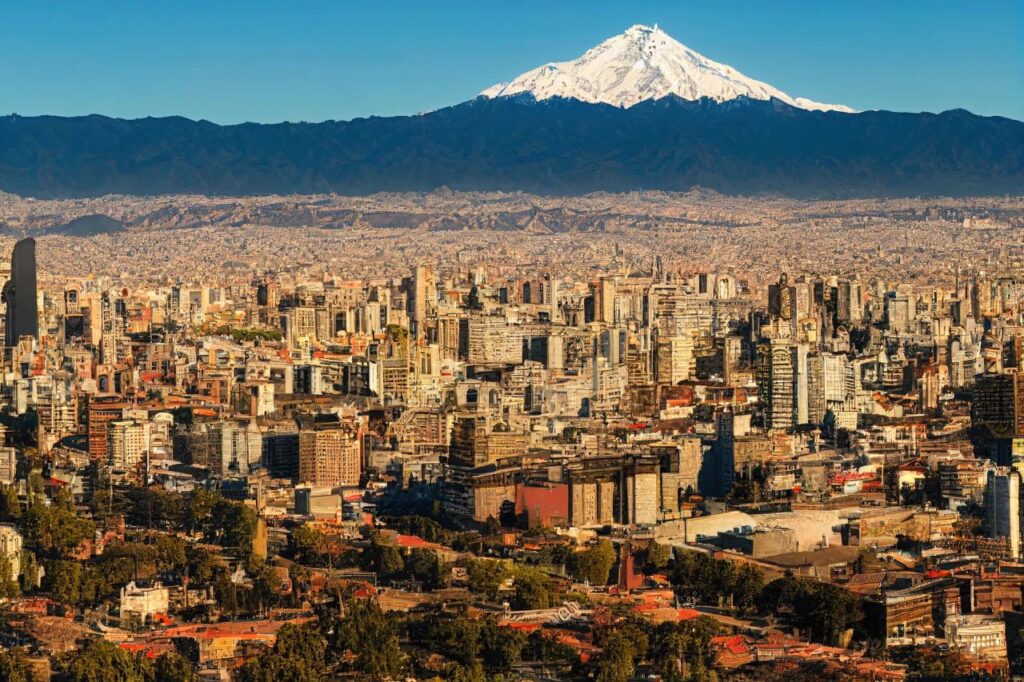
Easter Island
In 1995, the entire island was listed as a National Park on the UNESCO World Heritage List, known as the world’s most isolated island, or “the navel of the Earth.” It’s the most remote inhabited island, and its residents didn’t have contact with the outside world until 1722, making it South America’s “Shangri-La.”
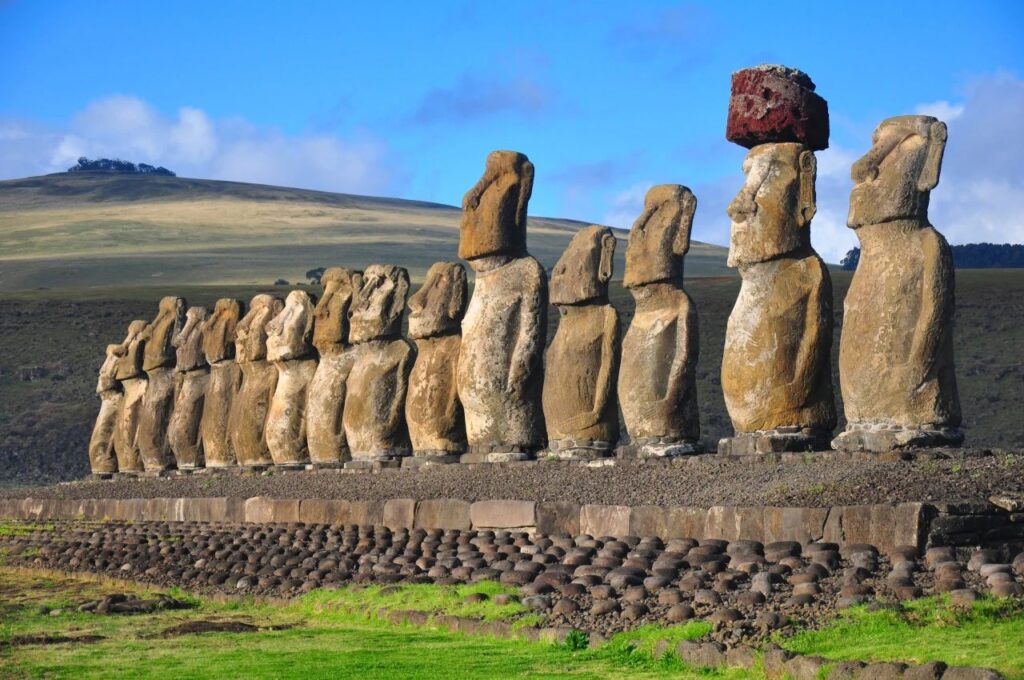
The most mysterious feature of Easter Island is its Moai statues. Over 1,000 of these massive half-body stone figures have been discovered on the island, with 600 of them neatly arranged on the coastal stone platforms. These statues vary in size, from 6 to 23 meters in height and weighing approximately 30 to 90 tons each. They are unique in appearance, with serious expressions and mysterious glyphs on their bodies, facing the sea as if deep in thought.
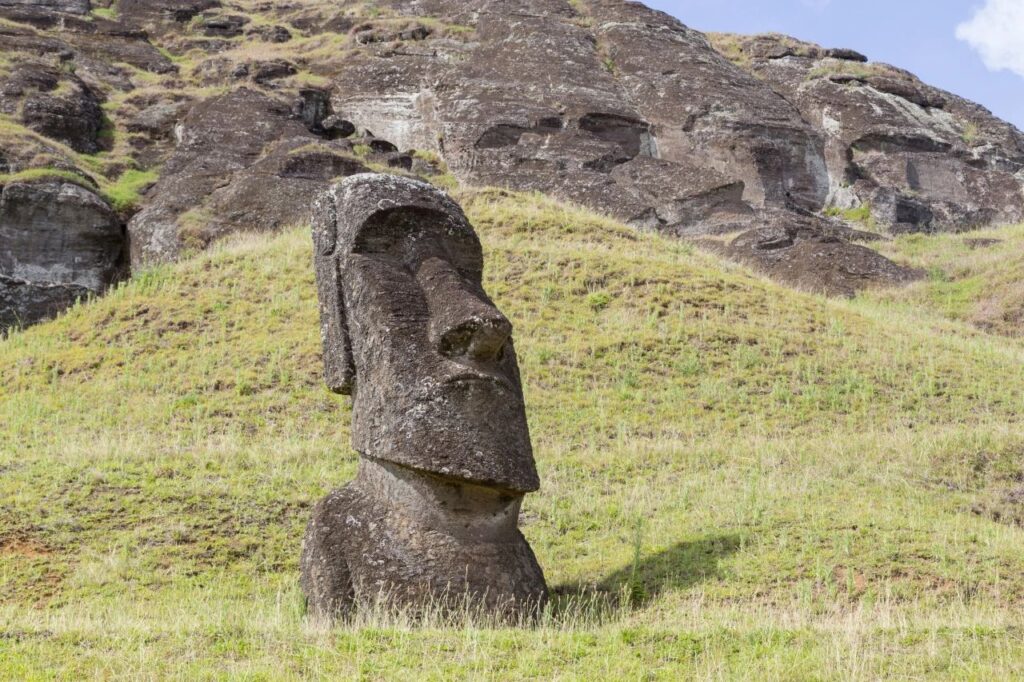
Valparaíso
Chile’s second-largest city, it’s the largest deep-water port on the Pacific coast of South America and Chile’s largest foreign trade port. Here, every household paints their rooftops and walls in various colors, earning Valparaíso the nickname “City of Colors,” or “Pearl of the Pacific,” and it’s also listed as a UNESCO World Heritage site.
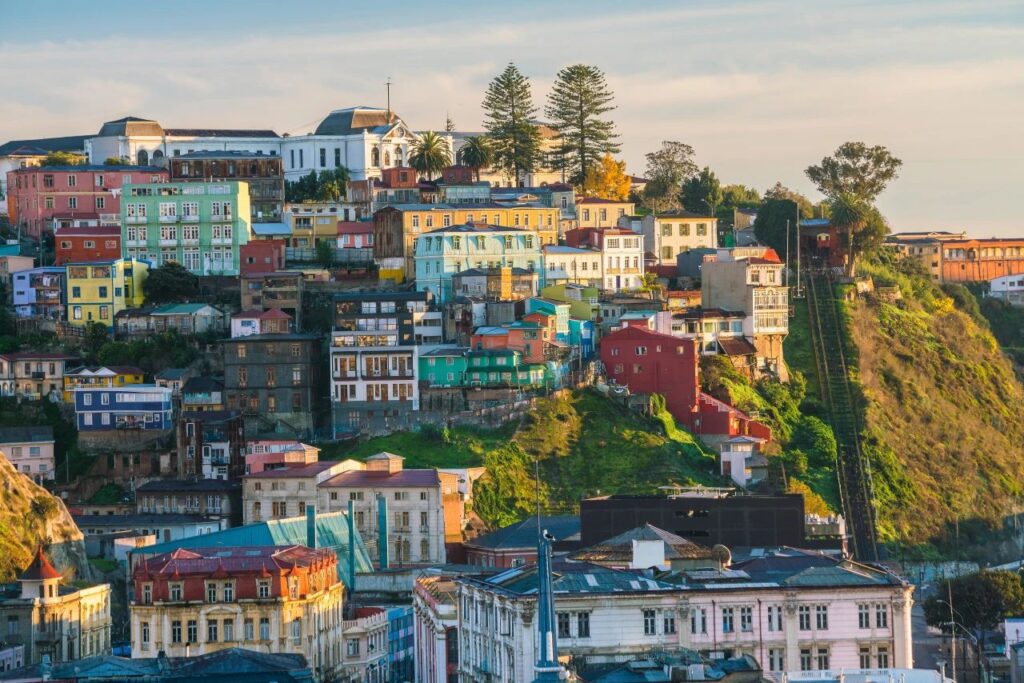
In the old part of Valparaíso, there’s virtually no flat land as the mountains directly connect to the sea, so houses are built along the slopes.
The unique terrain has given rise to unique transportation methods. As early as 1883, elevators were constructed to connect the mountaintops to the flat land by the sea. These “elevators” are actually funicular railways, operating like elevators by cable traction but with wheels and tracks like train cars, offering one of the most unique and interesting ways to enjoy the city!
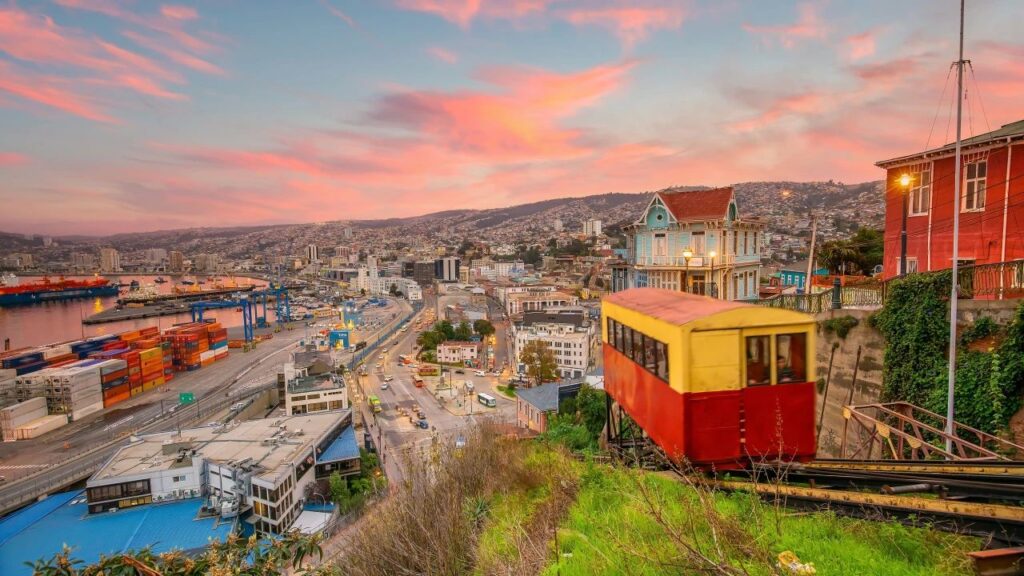
Punta Arenas
One of the world’s southernmost cities, it’s an important port in the Strait of Magellan and a gateway to Antarctica. Here, many buildings are of European style, with roofs painted in bright colors, earning it the nickname “World of Colored Roofs.”
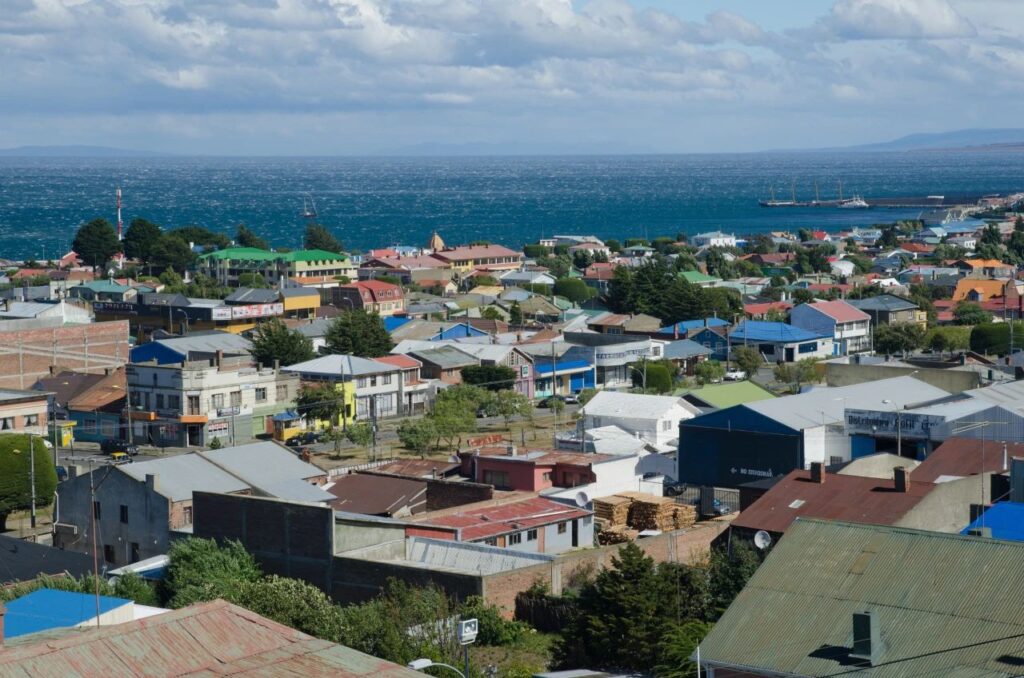
Puerto Natales
A tranquil town where most visitors stop to prepare and stock up for Torres del Paine National Park, it’s also the gateway to the park.
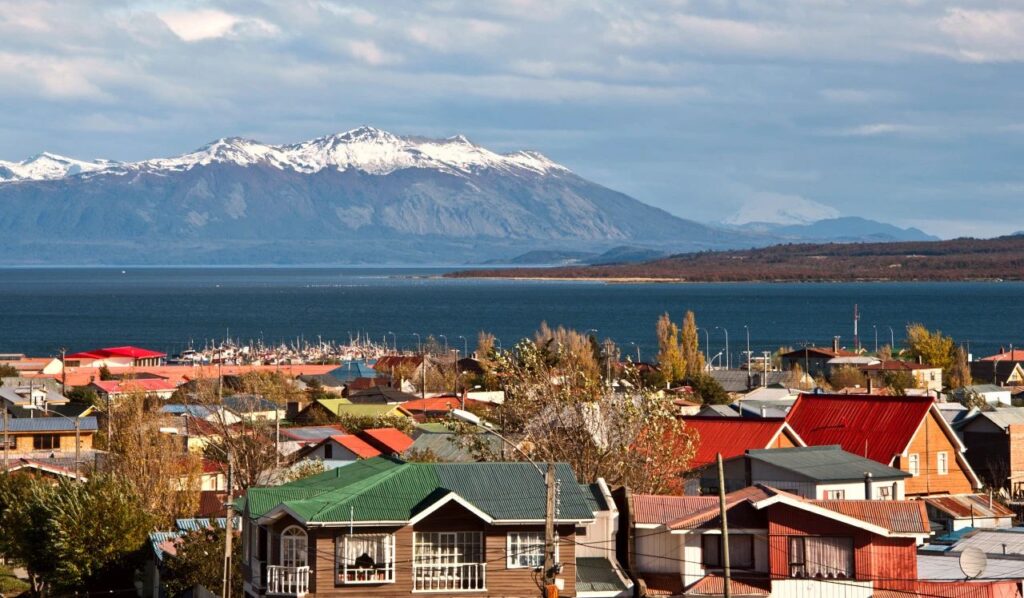
The cathedral is a landmark of the city, with a central square nearby. Traces of Indian culture remain within the town, and its buildings, vibrant in color, add to the scenic beauty.
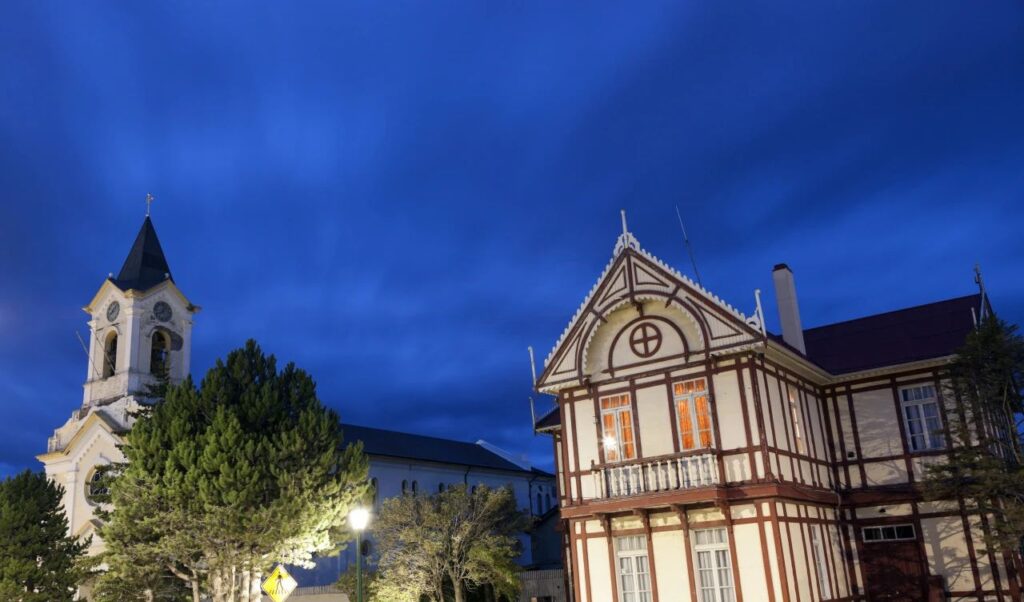
Torres del Paine National Park
A highland area between southern Argentina and Chile, it was designated a UNESCO Biosphere Reserve in 1978 and was selected by National Geographic as one of the “50 Places of a Lifetime.”
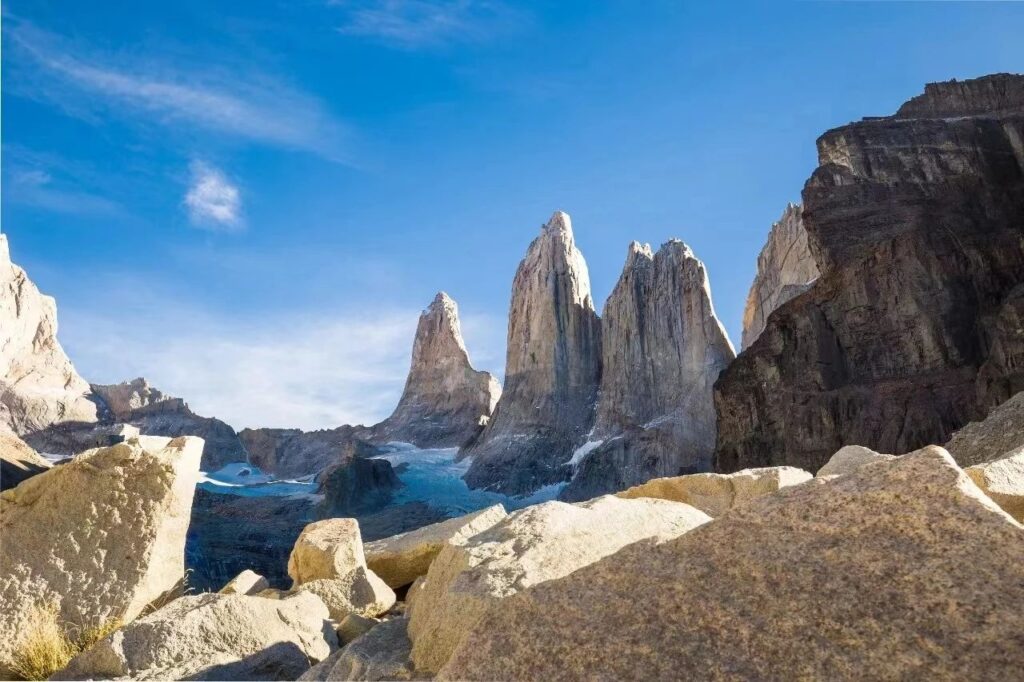
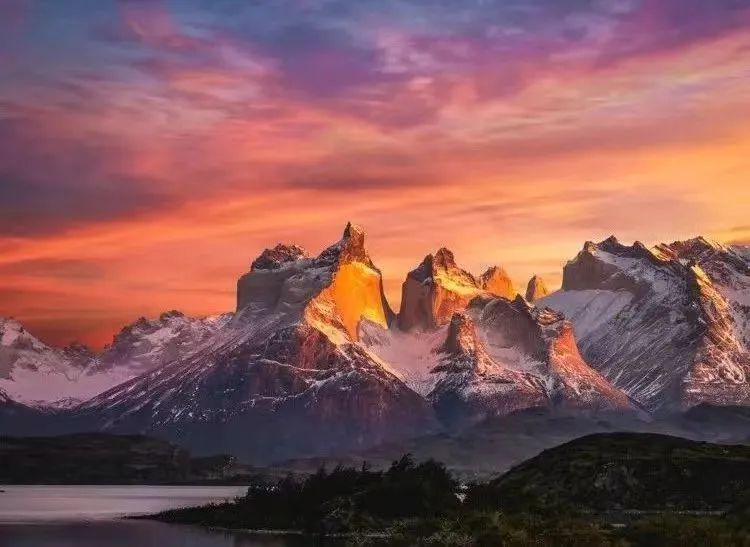
Atacama Desert
The driest desert in the world, it went 400 years without rain from 1570 to 1971. The Atacama is the closest Earth’s environment to Mars, with barren, highly acidic soil where not even bacteria can survive, partly due to the extreme lack of water.
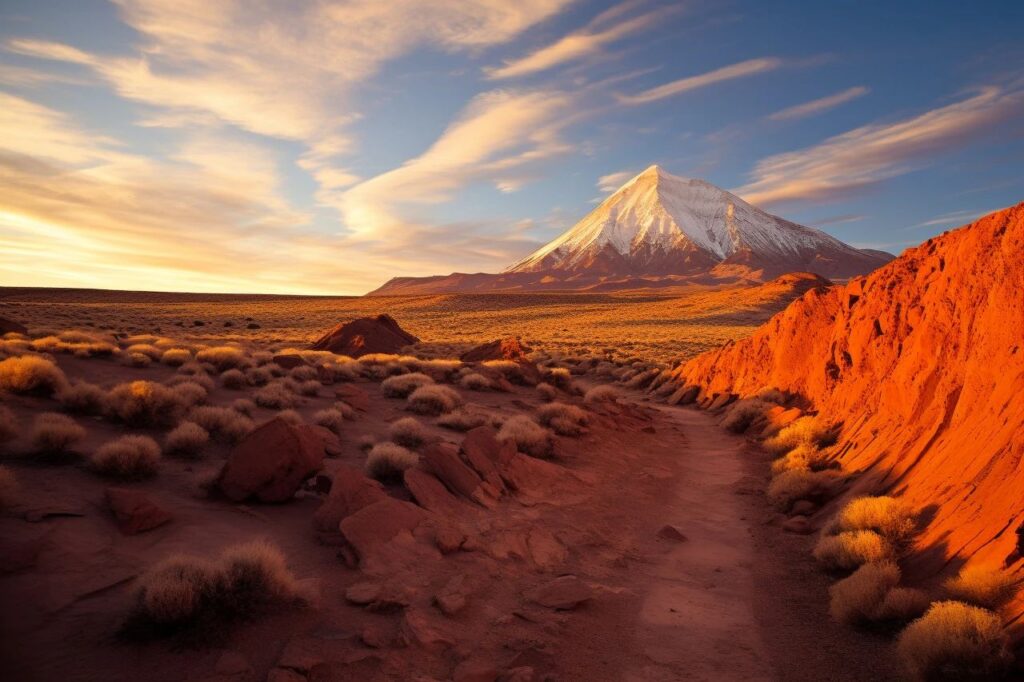
Within the desert, there’s a region with a lunar-like geological structure, thus given the beautiful name “Valley of the Moon” by geologists. Here, visitors can enjoy beautiful sunsets and natural sculptures formed by salt infiltration and erosion.
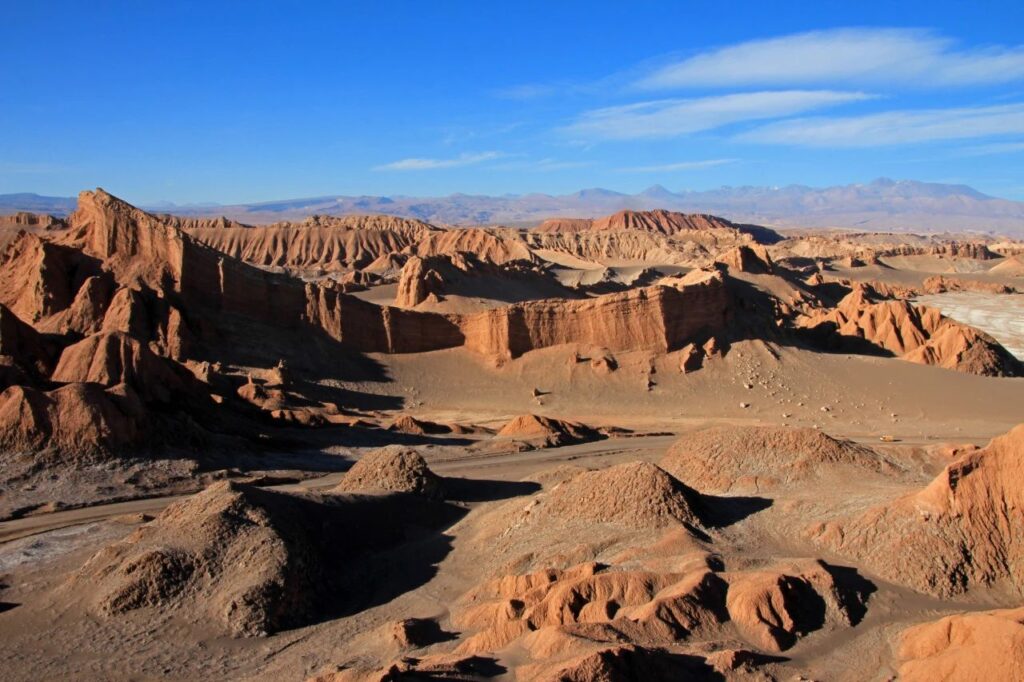
Of course, apart from the desert, there’s possibly one of the most spectacular sights in the world today – the Atacama Salt Flats, the largest salt desert in the world. This area resembles an alien mirage, starkly different from Earth’s usual landscapes.
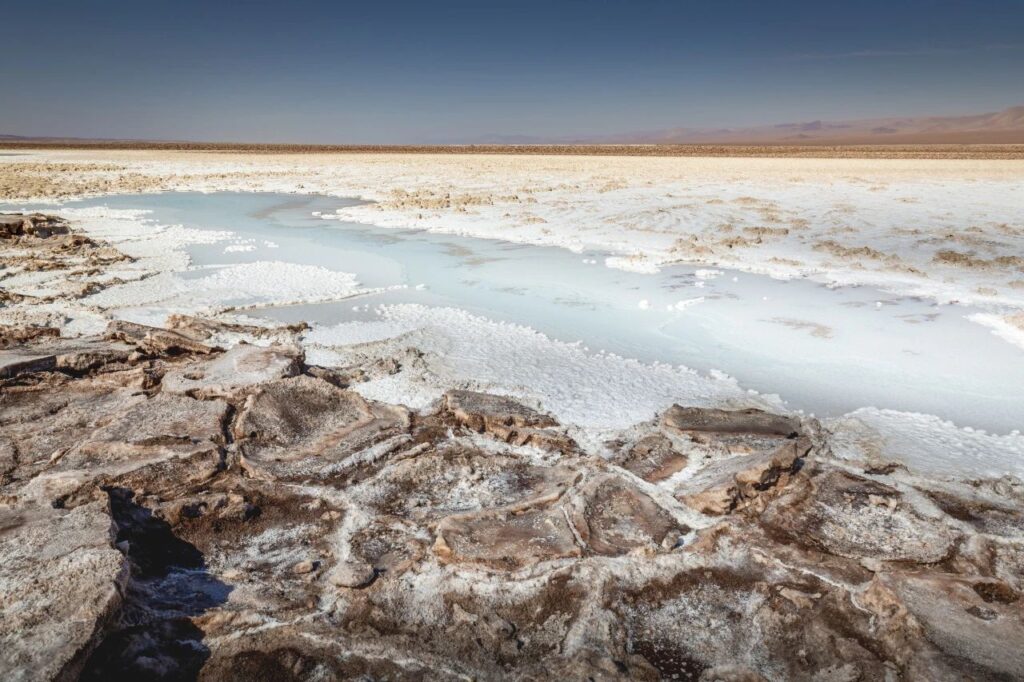
It’s also a habitat for flamingos, adding a touch of life to this pure, otherworldly place.
